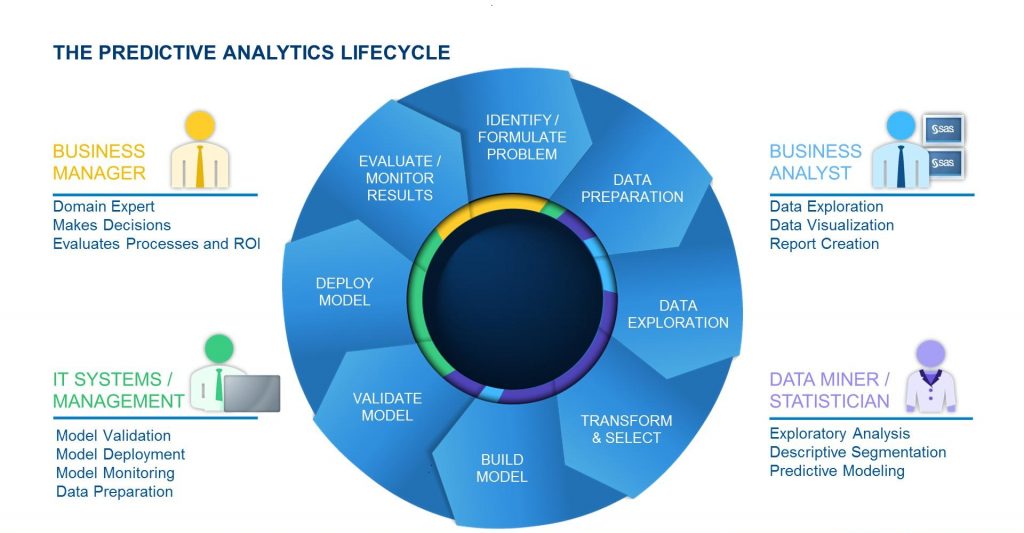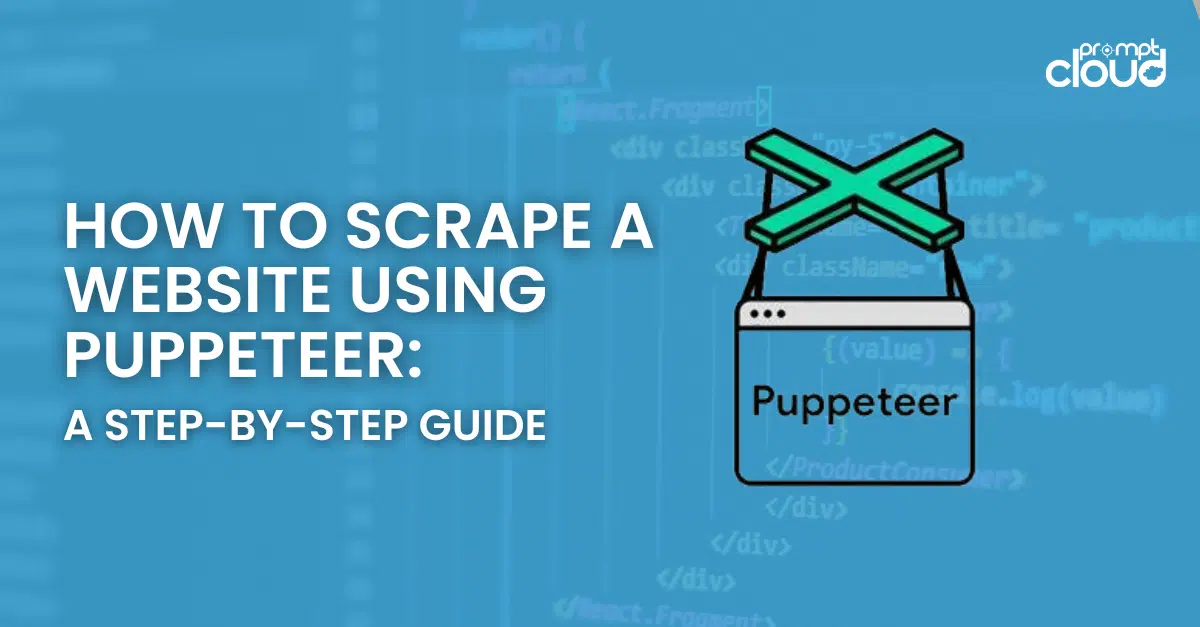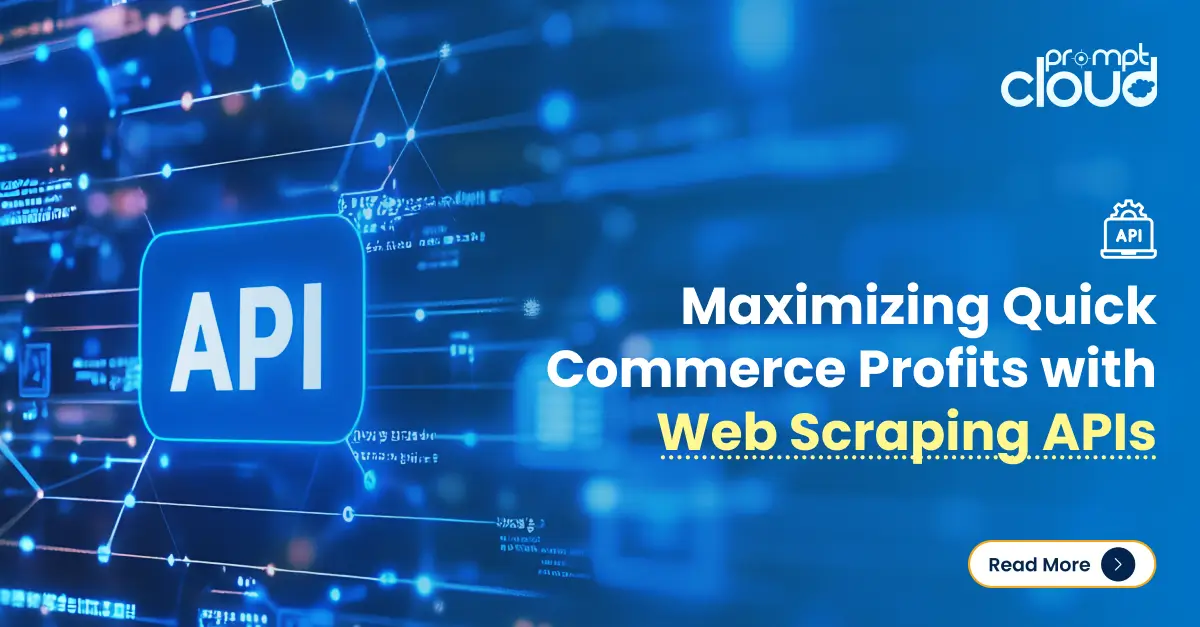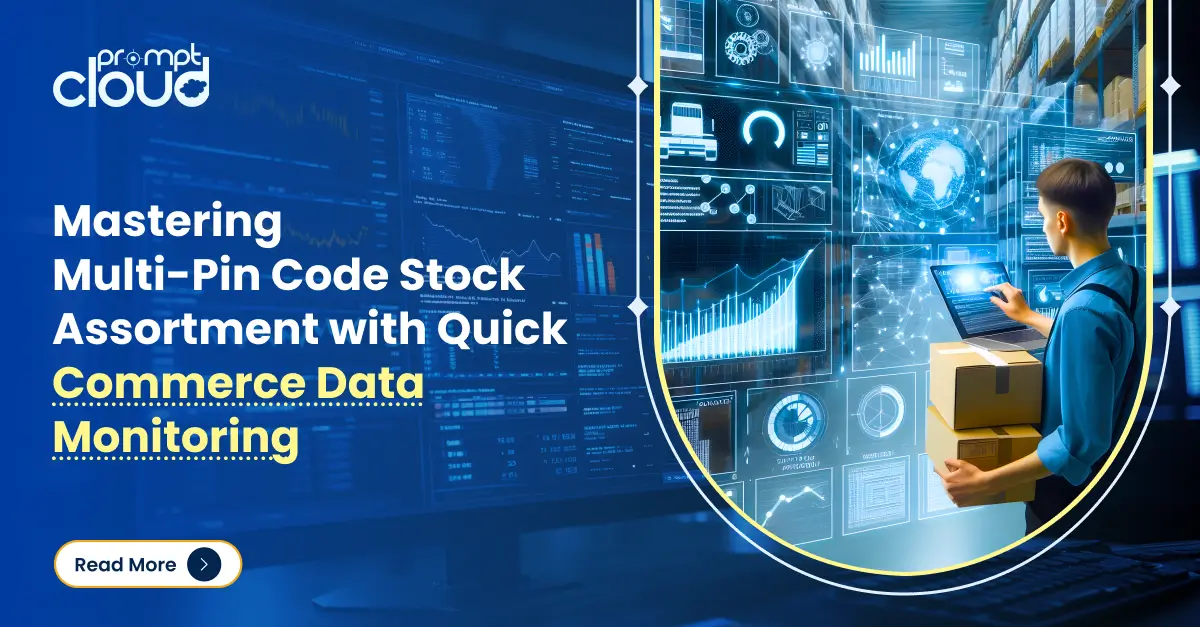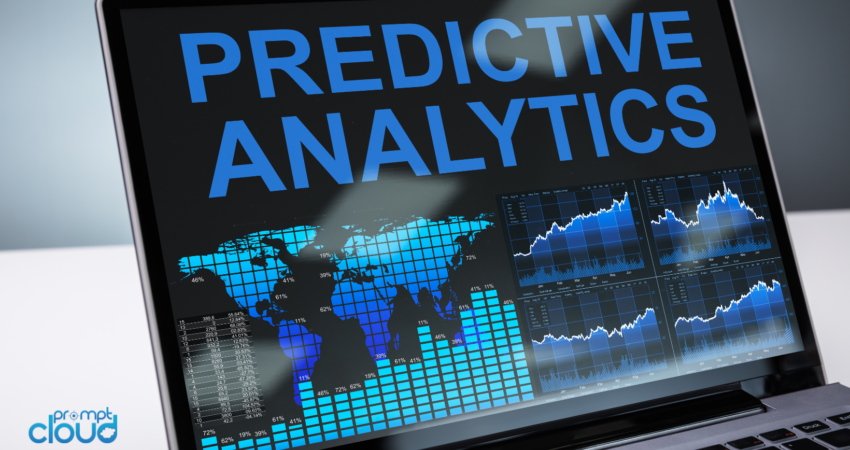
Predictive analytics
Predictive analytics refers to the practice of deriving insights from existing information and data in order to predict future trends and events. In fact, one of the best uses of big data is in reducing ambiguity and uncertainty of future events by establishing patterns in the existing data. Predictive analytics can help companies in identifying potential risks and opportunities by providing an enhanced understanding of their customers and products.
Predictive analytics is what brings mammoth amounts of ‘big data’ into execution. It’s the final step in the whole big data loop where measurable outcomes are generated in financial terms. It is useful in making decisions wherein risks are minimized to the largest extent possible. Some of the very obvious areas where predictive analytics can be useful are science and technology, insurance, and financial markets. But as business decisions are becoming as complex as these fields, there certainly is a case for employing it extensively.
Target predicting
One of the crucial actions that marketing departments have to make is predicting in advance the change in demand for their offerings, and what kind of products or services are the customers willing to consume. Understanding consumer behavior in advance has always been a major challenge for marketers. Though it’s one that they may ignore at their own peril. Predictive analytics equips companies with an enhanced understanding of the consumer, which enables them to improve customer experiences. Examples of predictive analytics in marketing range from something as sophisticated as Target predicting which of its customers are likely to be pregnant, to basic applications such as Amazon predicting what products we are likely to purchase based on past transactions.
Marketers have become accustomed to using advanced dashboards for tracking performance metrics. Determining campaign performance and monitoring customer sentiment, have always been sort of gray areas in marketing, but this can now be done even in real-time. A survey of 160 business leaders conducted by Aberdeen Group titled “Analytics for the CMO: How Best-in-Class Marketers Use Consumer Insights to Drive More Revenue” explores whether using predictive analytics in marketing can indeed lead to more profits for businesses.
Marketing campaigns
The Aberdeen Group’s study highlights some interesting findings. One of the insights suggests that a company using predictive analytics for tracking its marketing campaigns is likely to register a 73% jump in incremental revenues after a campaign when compared to another company not using any predictive analytics technologies for its marketing efforts. It also highlights an increase of 32 percentage points in the ability to put a metric value to a customer’s lifetime value (LTV) over companies not using predictive analytics. This, in turn, can lead to higher returns for every dollar spent on marketing.
Companies accumulate vast amounts of data on their consumers that is used to create profiles. These profiles are further clustered into segments of customers that are likely to exhibit similar purchase behavior. The girl in the Target example probably had common buying behavior with other mothers-to-be shopping from their stores.
Using sophisticated tools, marketers are now able to answer the following set of questions with a fair amount of accuracy:
a). Which customer is likely to come back for another purchase?
b). What is the amount of money that they are willing to spend?
c). Which promotional channels work the best for a particular customer?
d). Are they more likely to make a purchase after an email campaign or a text message?
e). What’s the increase in consumer spending month-on-month, how much will be the lifetime value of the customer’s association?
f). Is the customer a bargain-hunter or a discerning connoisseur who’d be willing to pay a premium?
g). What are the chances that the consumer will defect to a competitor?
h). Is the customer likely to be a brand advocate on social media channels?
Studies indicate that the adoption of predictive analytics in marketing is still in its nascent stage (only 16% of the executives surveyed said they used predictive analytics tools). This is probably due to the relatively long gestation period between implementation and tangible returns. Besides, predictive analytics can be just one of the factors contributing to marketing success in an organization, and hence it’s difficult to attribute a dollar value to the returns generated. But still, this is something worth trying out once before discarding the idea altogether.





